Retro Replay Review
Gameplay
MS-DOS 5’s bundled games, QBasic Nibbles and QBasic Gorillas, showcase two very different takes on simple, yet addictive, mechanics. In Nibbles, you guide an ever-growing snake around the playfield, gobbling up numbers while avoiding walls and your own tail. The controls are straightforward—arrow keys to steer—making it instantly pick-up-and-play for newcomers and seasoned DOS users alike.
Gorillas, on the other hand, transforms your keyboard into a calculator of destruction. Two players take turns inputting launch angles and velocities, factoring in wind strength and direction as bananas arc across a city skyline. The tactile pleasure of tweaking numbers and watching the banana’s trajectory keep you coming back, whether you’re playing solo against the CPU or challenging a friend in hot-seat mode.
Both games benefit from the QBasic interpreter’s rapid execution and low system requirements. There are no elaborate loading screens or lengthy installs—just quick commands at the DOS prompt and you’re in. The inclusion of a two-player option in each title adds longevity, turning what might have been mere programming samples into genuine time-killers during long office breaks or LAN gatherings.
Graphics
Graphics in both Nibbles and Gorillas adhere strictly to text mode, rendering every element—snakes, walls, bananas, gorillas—using ASCII and extended character sets. While this might seem basic by today’s standards, the designers made clever use of color attributes to distinguish snakes from the background, and to highlight banana arcs mid-flight. On a genuine VGA or EGA display, these simple sprites pop with retro charm.
In Nibbles, your snake is a string of colored blocks whose length increases perceptibly as you eat numbers, giving you a clear visual cue of your progress and impending peril. Walls are drawn in contrasting hues, making it easy to memorize obstacle layouts on higher levels. In Gorillas, each skyscraper is a monochrome column, but wind effects and explosion animations use blinking characters to simulate debris and craters.
While neither game aspires to multimedia sophistication, the minimalist visuals serve a purpose: they run flawlessly on minimal hardware, leaving more CPU cycles for gameplay logic. The gratifying flash of an exploding banana or the smooth, unbroken trail of your snake is enough to keep your eyes glued to the screen, proving that clever design often outweighs graphical extravagance.
Story
Strictly speaking, neither Nibbles nor Gorillas tells a narrative in the traditional sense, but each offers its own playful premise. Nibbles casts you as a hungry snake in search of numbers—no grand motivation beyond maximizing length without self-destruction, yet the escalating difficulty and maze-like boards craft a compelling “just one more try” loop.
Gorillas layers a tongue-in-cheek war scenario over its simple mechanics: two giant apes hurling explosive fruit at each other atop city skyscrapers. There’s a wink to classic artillery games, but with a humorous twist that turns mathematical trajectory calculations into slapstick comedy. The tiny, pixelated gorillas celebrate each direct hit with a brief disco dance, injecting a bit of character into what could have been a cold, technical exercise.
More broadly, the games serve as interactive tutorials for QBasic itself. They implicitly teach logic flow, collision detection, and user input handling, providing budding programmers with real-world examples to dissect and modify. In that sense, the “story” extends beyond the screen: it’s a tale of learning by doing, where every tweak to the code can rewrite the behavior of the snake or banana bombs.
Overall Experience
MS-DOS 5’s inclusion of QBasic Nibbles and QBasic Gorillas remains one of its most memorable perks. These titles transform an otherwise austere command-line environment into a playground for quick fun and collaborative competition. They load instantly, run on almost any PC from the era, and require no special peripherals—just a keyboard and a sense of curiosity.
For retro gamers and DOS aficionados, the pair is a delightful time capsule, capturing the spirit of early PC software where utility and entertainment coexisted in tiny executable files. For learners, they double as open-source templates—anyone can open the .BAS files, see how the games work, and tinker with physics, graphics, or level design. That educational angle extends their appeal far beyond simple diversion.
In today’s landscape of hyper-realistic visuals and sprawling open worlds, QBasic Nibbles and Gorillas remind us that compelling gameplay and a dash of humor can outshine flashy production values. If you’re installing MS-DOS 5 for nostalgia, programming practice, or just a bit of retro multiplayer fun, these two mini classics are well worth the few keystrokes it takes to fire them up.
 Retro Replay Retro Replay gaming reviews, news, emulation, geek stuff and more!
Retro Replay Retro Replay gaming reviews, news, emulation, geek stuff and more!
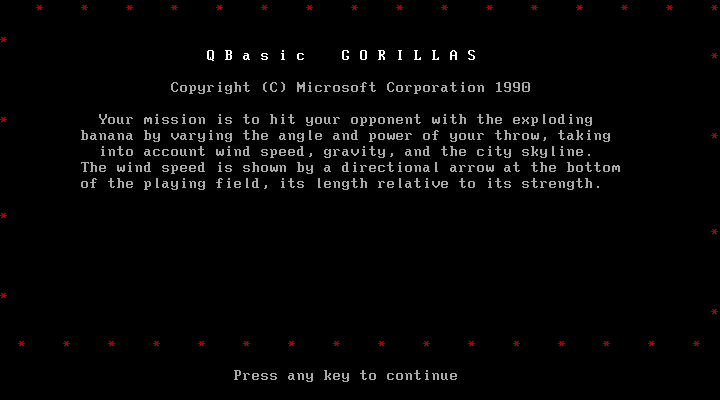
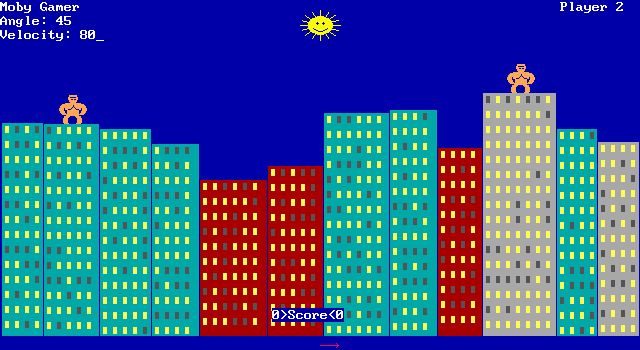
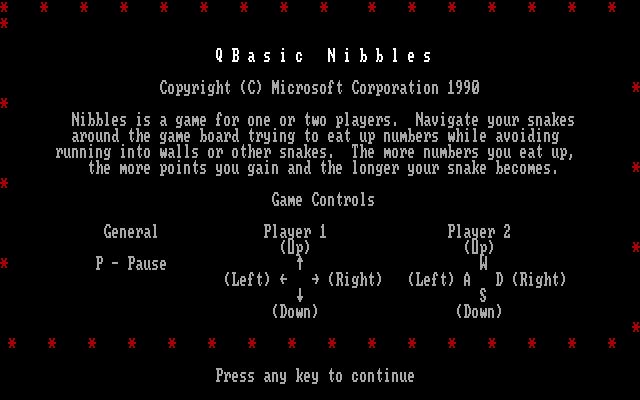
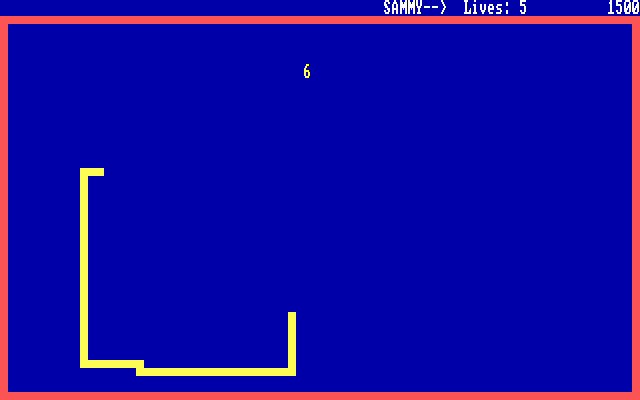
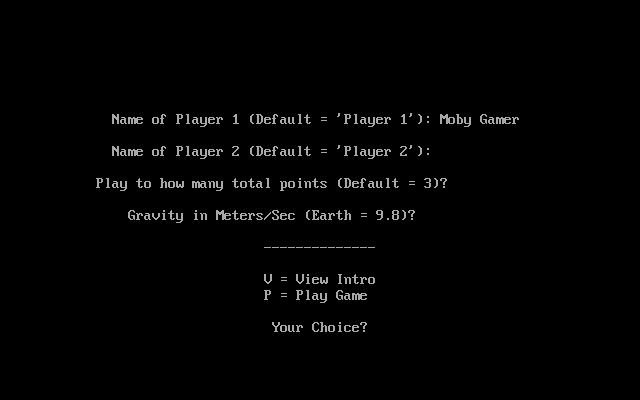
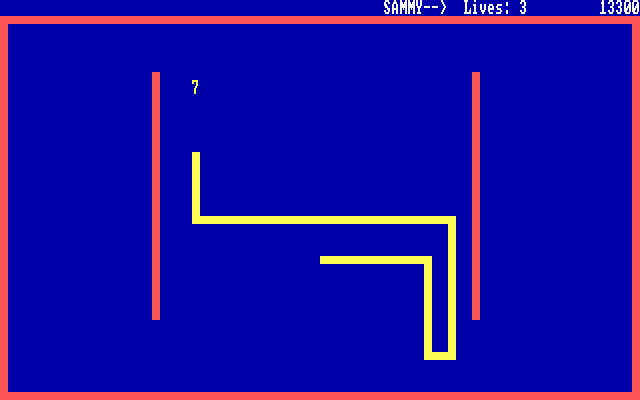



Reviews
There are no reviews yet.